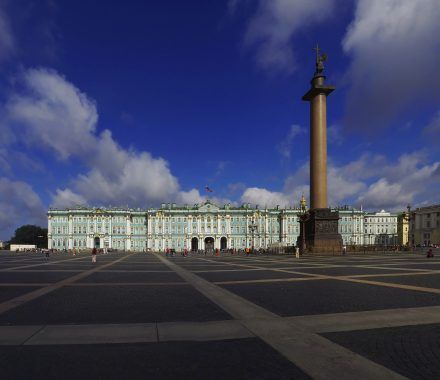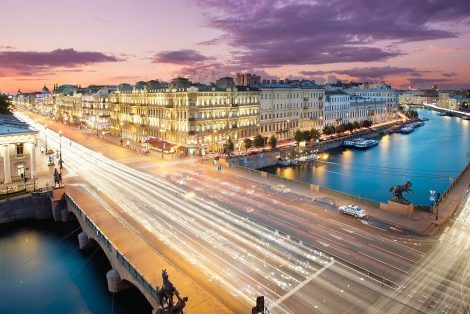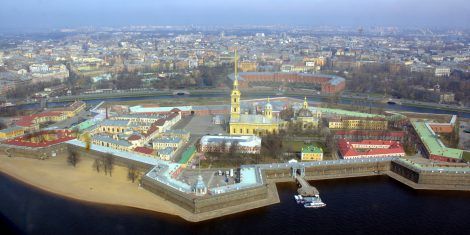Vyborg is a town in Leningrad Oblast, Russia, situated on the Karelian Isthmus, 130 kilometers to the northwest of St Petersburg and 38 kilometers south from Russia’s border with Finland, where the Saimaa Canal enters the Gulf of Finland. Population: 79,962.
The first castle of Vyborg was founded during the so-called «Third Swedish Crusade» in 1293 by marshal Torkel Knutsson. The castle was fought over for decades between Sweden and the Republic of Novgorod. By the Treaty of Noteborg in 1323, Vyborg was finally recognized as a part of Sweden. It withstood a prolonged siege by Daniil Shchenya during the Russo-Swedish War of 1496-1499. Under Swedish rule, Vyborg was closely associated with the noble family of Baat, originally from Smaland. Vyborg remained in Swedish hands until its capture after the Siege of Vyborg by Emperor Peter the Great in the Great Northern War (1710). The Treaty of Nystad (1721), which concluded the war, assigned the town and a part of Old Finland to Russia. One of the largest naval battles in history, the Battle of Vyborg Bay in 1790, was fought off shore in the Vyborg Bay on July 4, 1790.
In the course of the 19th century, the town developed as the center of administration and trade for the eastern part of Finland. The inauguration of the Saimaa Canal in 1856 benefited the local economy as it opened the vast waterways of Eastern Finland to the sea. Vyborg was never a major industrial center, and lacked large production facilities, but due to its location it served as a focal point of transports of all industries on the Karelian Isthmus, Ladoga Karelia and South-Eastern Finland.
Following the Russian Revolution of 1917 and the fall of the Russian Empire, Finland declared itself independent. During the Finnish Civil War Vyborg was in the hands of the Finnish Red Guards until it was captured by the White Guard on 29 April 1918. After the Winter War, Leningrad had wanted to incorporate the area of Vyborg, but it took until September 1944 for it to be finally transferred from the Karelo-Finnish SSR to Oblast. During the Soviet era, the town was settled by people from all over the Soviet Union. The naval air bases of Pribilovo and Veshchevo were built nearby.
Vyborg’s most prominent landmark is the Swedish built castle, started in the 13th century and extensively reconstructed in 1891 − 1894. The Round Tower and the Rathaus Tower date from the mid-16th century. The Viipuri Library by Finnish architect Alvar Aalto is a reference point in the history of modern architecture. There are also Russian fortifications, completed by 1740, as well as the monuments to Peter I (1910) and Torkel Knutsson. Tourists are shown the «Lenin house», where the Russian revolutionary prepared the Bolshevik revolution during his stay in Viipuri in September − October 1917. Sprawling along the heights adjacent to the Gulf of Finland is Mon Repos, one of the most spacious English parks in Eastern Europe. The park was laid out on behest of its owner, Baron Ludwig Heinrich von Nikolay, at the turn of the 19th century. Most of the garden structures were designed by the architect Giuseppe Antonio Martinelli. Previously, the estate belonged to the future king Frederick I of Wurttemberg (Maria Fyodorovna’s brother), who called it Charlottendahl in honor of his second wife.
You can choose the best guided tours in St Petersburg or other cities Russia.




